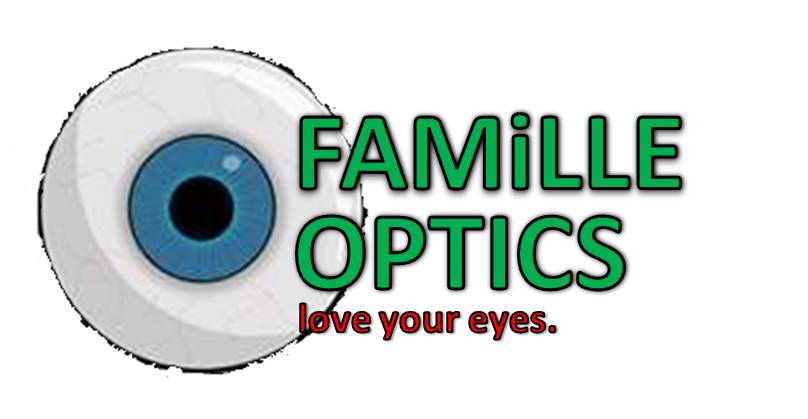What is a cataract?
A cataract is a clouding of the lens of the eye. The lens is a clear disc within the eyeball. It is normally transparent and is situated behind the pupil. It focuses incoming light rays to form a sharp image, distinct image onto the retina, similar to the way a camera lens focuses an image onto film.
A cataract is like a dirty or cloudy camera lens. It blocks light rays from entering the eye, thus blurring vision.
A cataract is neither a tumour now an abnormal growth of tissue in the eye. It is due to physical change in the contents of the lens, resulting in cloudiness. It is easily detected with specialised instruments used by doctors.

What causes a cataract?
Cataracts can be categorised according to its underlying causes. The most common cause is due to aging, known as a
Senile Cataract.
With
Senile Cataract, the normal aging process hardens and opacifies the lens,
Senile Cataract affects adults above the age of 50.
Patients with diabetes mellitus are prone to cataracts.
Diabetic Cataracts tend to cause fluctuating vision.
An eye injury may damage the lens resulting in
Traumatic Cataracts.
Congenital Cataracts are present at birth. It is usually hereditary or caused by an infection that has affected the pregnant mother and unborn child.
Secondary Cataracts are cataracts caused by other diseases of the eye or body.
What symptoms are there?
The main symptom is blurred vision. Other symptoms include glare, poor vision in bright surroundings, seeing multiple images and the need for frequent spectacle prescription changes.
What treatment is available?
A. Surgery B. Intraocular Lens Implants
B. Intraocular Lens ImplantsThese are artificial lenses placed in the almost same position as the natural lens of the eye. These are the permanent implants which require no maintenance.
C. Foldable Intraocular Lens ImplantsThe latest advance in implant technology : these new implants can be folded and implanted into the eye through a small wound. The implants are then unfolded into their positions in the eyes. As these implants require only a small wound, it heals quickly and visual quality is excellent.
D. SpectaclesThey are used to correct mild residual power, if any, after the implantation of intraocular lenses. As these prescriptions are generally very mild, these spectacles are thinner and lighter and thus provide much better quality vision.
E. Contact LensesThey can be used similarly as spectacles. However, these require special care.
Gentle reminder :
Cataracts are the most common cause of poor vision in the elderly. It is a curable form of blindness.
DO NOT ignore any emerging symptoms. Have regular check-ups with an eye specialist. Early detection can prevent permanent blindness.








